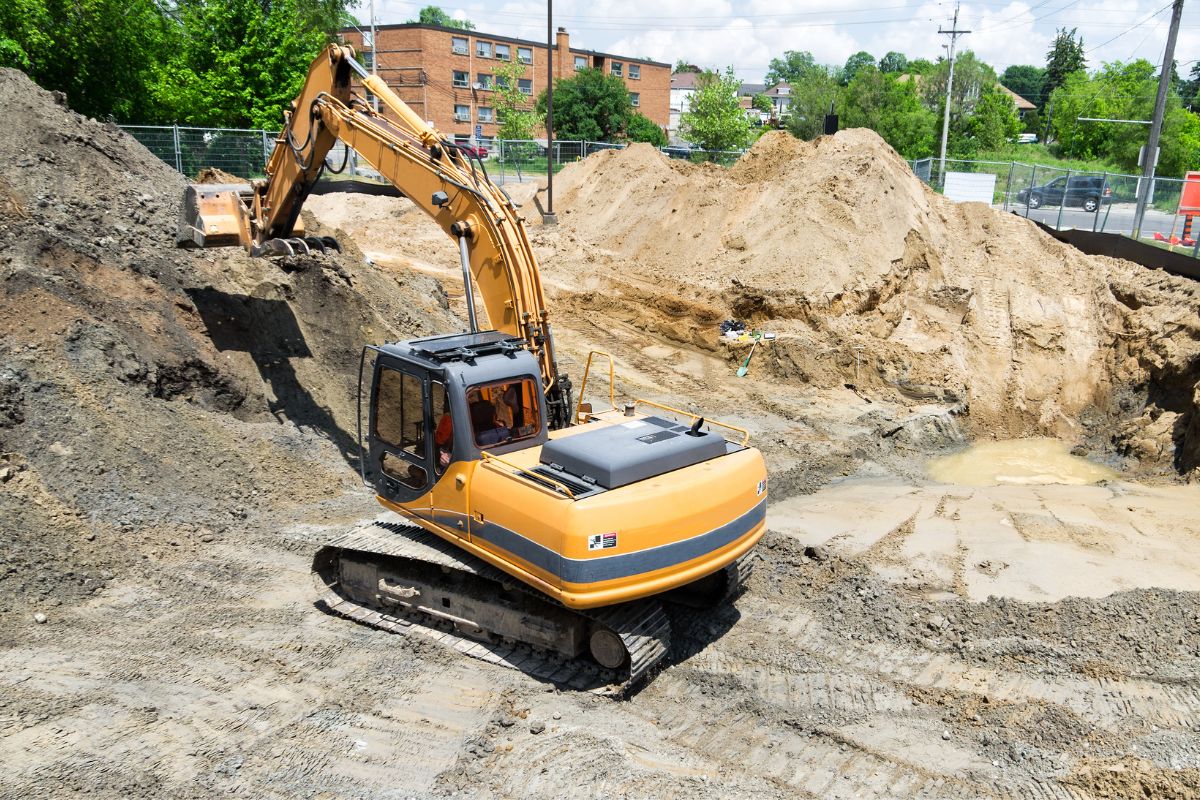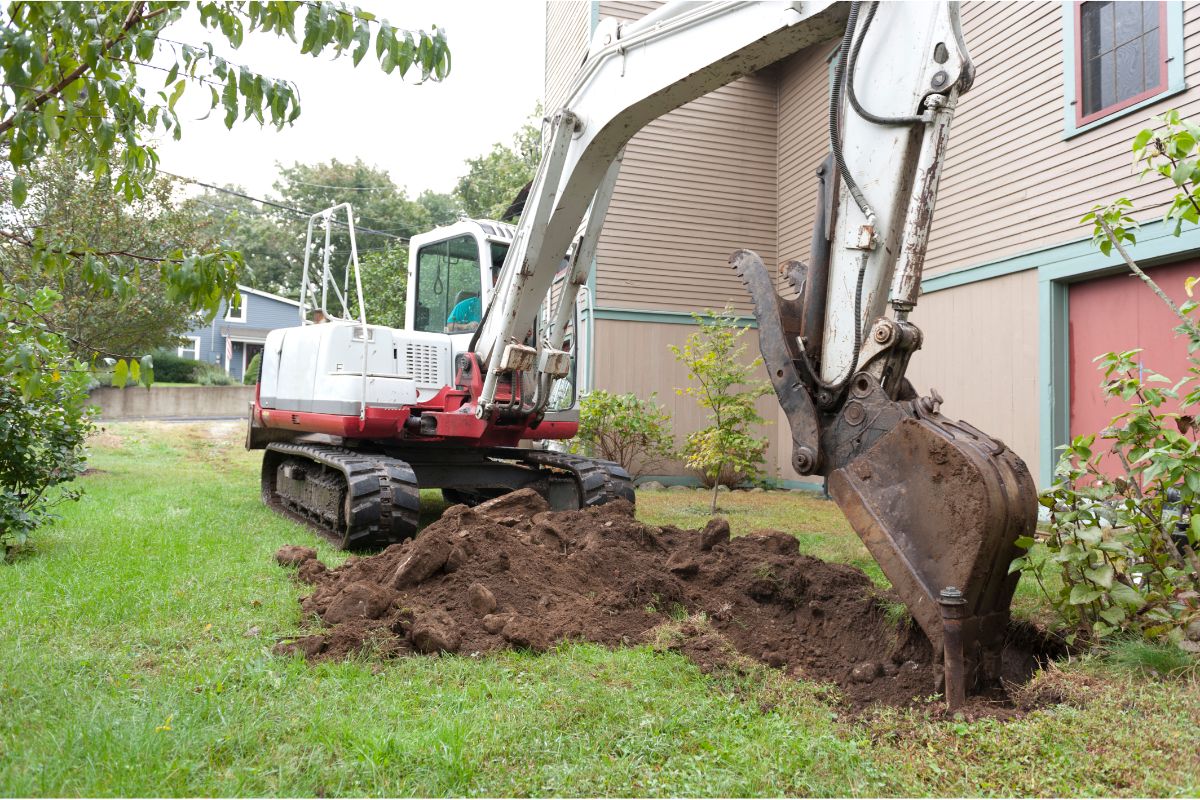Contaminated land is a growing concern for communities and businesses alike. Whether it’s from industrial activities, agricultural runoff, or improper waste disposal, polluted soil can pose serious risks to both the environment and human health. Fortunately, soil remediation services offer an effective solution to restore contaminated land, revitalizing it for safe use and long-term sustainability. In this blog, we will explore how soil remediation works and why it’s crucial for the environment.
What is Soil Remediation?
Soil remediation is the process of removing, neutralizing, or containing pollutants in the soil to restore it to a healthier, safer state. The goal is to mitigate the impact of contamination on the surrounding ecosystem and make the land suitable for future use, whether for residential, commercial, or agricultural purposes. This process can involve a variety of techniques, depending on the level of contamination and the specific pollutants present.
How Does Soil Remediation Work?
Soil remediation can be approached in several ways, each tailored to the type of contamination and the characteristics of the site. Some common methods include:
Excavation and Removal:
In cases of severe contamination, the contaminated soil may need to be excavated and removed from the site entirely. This soil is then treated off-site or disposed of safely in a designated landfill.
Bioremediation:
This environmentally-friendly technique uses microorganisms (bacteria, fungi, etc.) to break down organic pollutants such as petroleum, pesticides, or solvents. Over time, the contaminants are biodegraded, leaving the soil cleaner and safer. Bioremediation is ideal for areas with moderate contamination and can be done on-site with minimal disruption.
Phytoremediation:
In phytoremediation, certain plants are used to absorb or break down soil contaminants. Plants like sunflowers and mustard can pull heavy metals and toxins from the soil, storing or transforming them into less harmful substances. This method is slow but effective, and it provides the added benefit of reintroducing greenery to the site.
Soil Washing:
Soil washing involves using water and chemical agents to separate contaminants from the soil. The soil is treated with a solution that loosens and removes pollutants, making it easier to separate the contaminants. This process is particularly effective for removing metals and other inorganic pollutants.
Vapor Extraction:
This method involves applying a vacuum system to the soil, drawing out contaminants in gas form. The extracted vapours are then safely treated or destroyed.
Why Is Soil Remediation Important?
Environmental Health:
Soil contamination can lead to groundwater pollution, harming local ecosystems and wildlife. By cleaning up contaminated land, we reduce the risk of toxic substances leaching into nearby water sources, protecting both wildlife and human populations.
Public Health:
Exposure to polluted soil can have serious health consequences, from skin rashes and respiratory issues to long-term diseases like cancer. Soil remediation helps eliminate these risks by cleaning up hazardous pollutants, creating a healthier environment for everyone.
Land Reuse and Economic Benefits:
Land that has been contaminated may be deemed unusable, potentially leading to vacant properties and abandoned areas. Soil remediation makes these lands suitable for redevelopment, boosting local economies and providing opportunities for new housing, commercial spaces, or public parks.
Sustainability:
Soil remediation contributes to environmental sustainability by ensuring that contaminated land is restored and preserved for future generations. It helps to mitigate the impact of industrialization and development on our planet, allowing for responsible land use without compromising environmental health.
The Role of Professional Soil Remediation Services
While there are several methods of soil remediation, the expertise of professionals is essential to effectively assess contamination levels and implement the most appropriate solution. Professional soil remediation services provide:
Comprehensive site assessments to determine the extent of contamination.
Customized remediation plans tailored to the specific needs of the site.
Expert knowledge of regulations and environmental standards to ensure compliance.
Advanced equipment and techniques to achieve the most effective results.
Ongoing monitoring to ensure the remediation is successful and the land remains safe.
Conclusion
Soil remediation services play a vital role in revitalizing contaminated land, transforming polluted spaces into safe, usable areas. Whether for environmental protection, public health, or economic development, the process offers significant benefits. By employing professional services, landowners and businesses can restore polluted properties, contributing to a cleaner, healthier, and more sustainable future.
If you have contaminated land in need of remediation, contact a Simple Tank Services to discuss your options and start the process of revitalization today.










